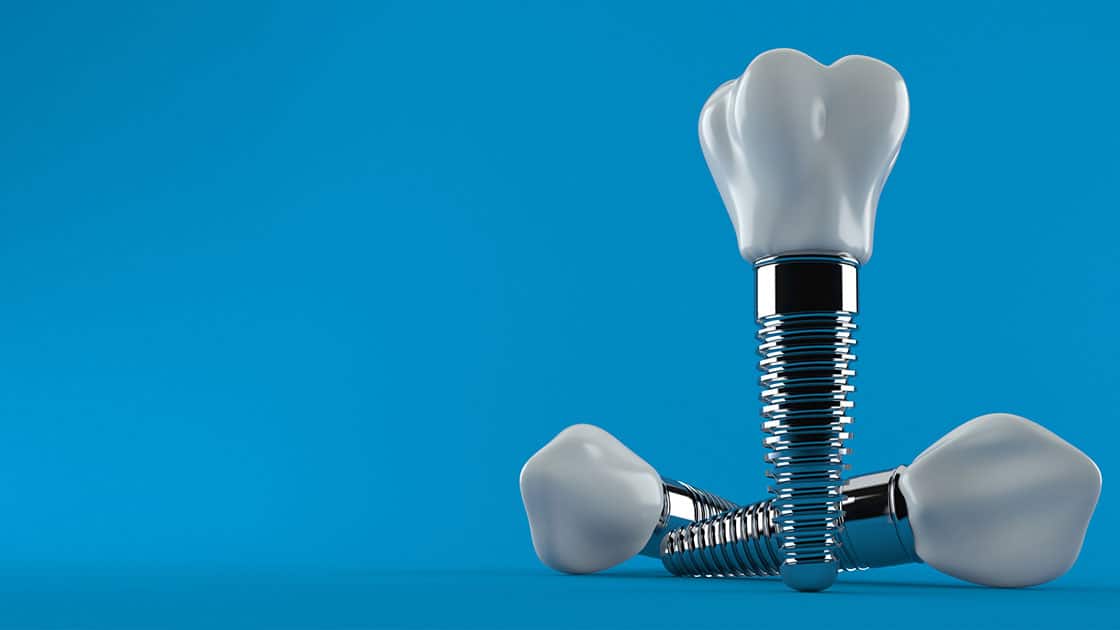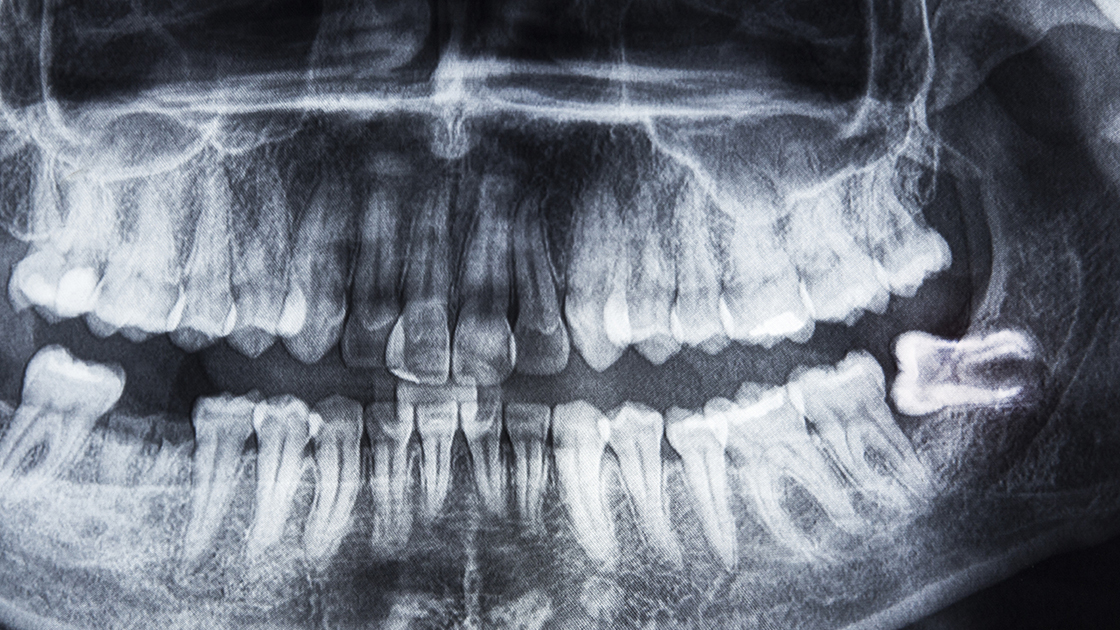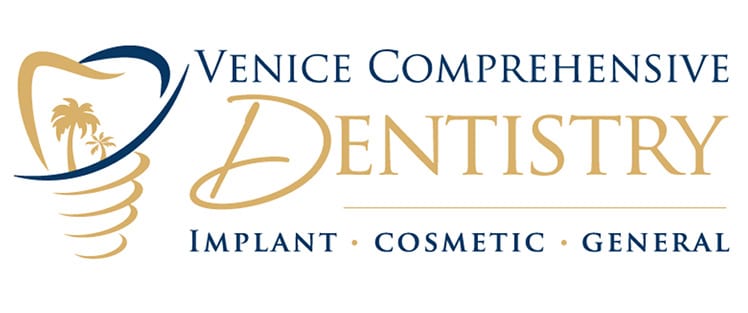
Dental Implants

Wisdom Tooth Removal (3rd Molars)

A wisdom tooth that is deemed problematic is normally extracted to avoid any oral complications. To have a wisdom tooth removed, a small incision is made to open up the gum tissue over the tooth and remove any bone that is covering the tooth. Once the tooth is in view, it is grasped with a dental instrument, known as a forcep, and gently rocked back and forth to loosen it from the jaw bone and surrounding ligaments. Sometimes the tooth may need to be cut into smaller pieces to make it easier for removal. Stitches may be necessary after the removal of a wisdom tooth.
Bone Grafting

Bone grafting is the replacement or enhancement of bone around teeth. When a tooth is lost, the surrounding bone collapses. Bone grafting is performed to reverse bone loss or enhance existing bone. The grafting material can be taken from parts of the body or from synthetic material. Bone grafting allows for proper support of dental implants or prostheses.
Dentoalveolar Surgery

Dentoalveolar refers to the teeth and the alveolar bone that supports them. Surgery involving this area is the basis for much of oral and maxillofacial surgery. Dentoalveolar procedures include simple procedures, such as extractions, and more complex procedures. Often, a combination of procedures requiring extraction, modification to the bone, and/or modification of the gum tissue surrounding the surgical site are included in a dentoalveolar surgery.
Some dentoalveolar procedures include partial or full tooth extraction, removal of bone material, reshaping of bone material, soft tissue removal, soft tissue repair.
Platelet Rich Growth Factor

